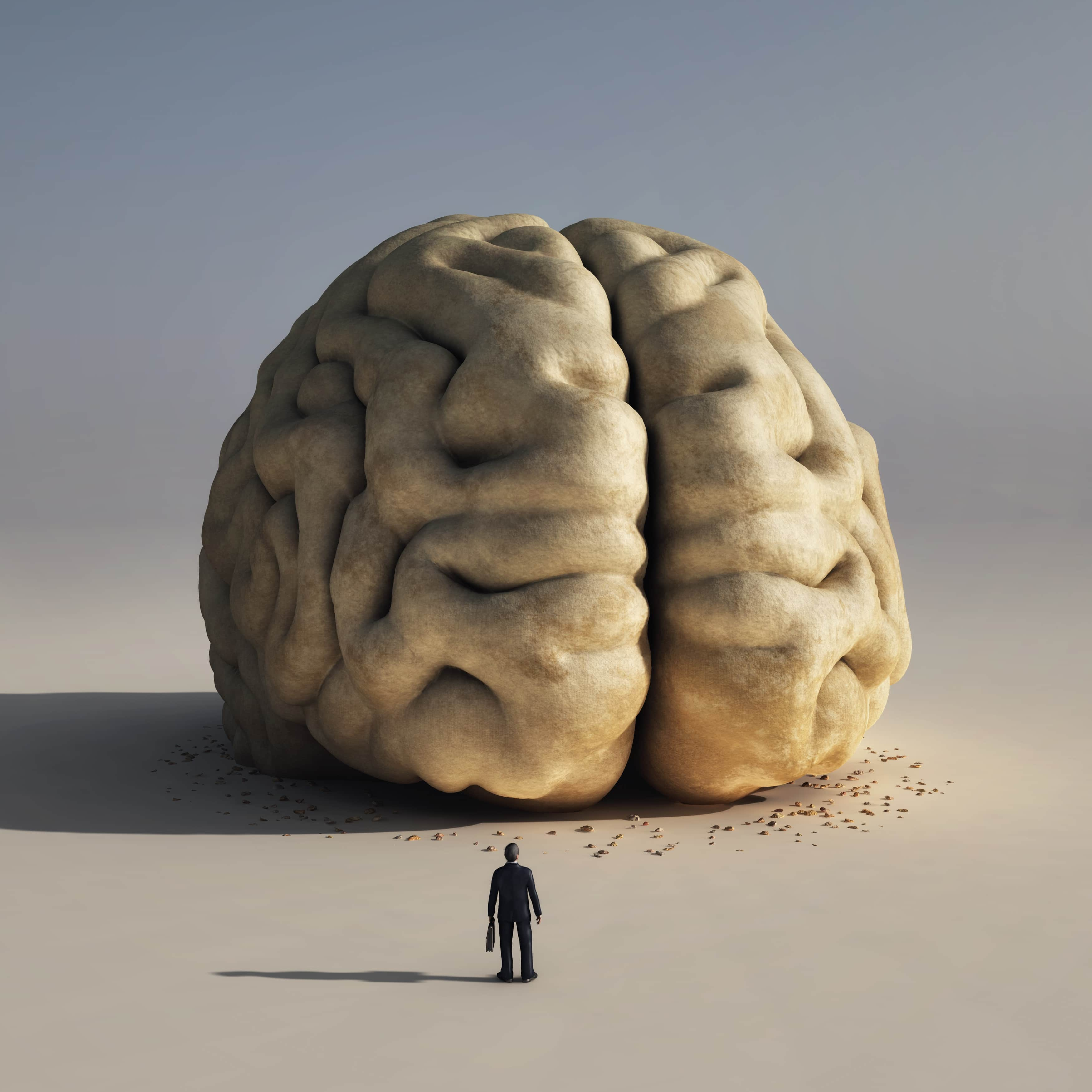Article
Examining Chronic Pain in Parkinson Disease
Author(s):
Researchers examine the clinical and pathophysiological mechanisms underlying pain in Parkinson disease.
In managing Parkinson disease (PD), nonmotor symptoms have emerged as significant, if not equal, issues to that of motor symptoms. As researchers of a study published in Revue Neurologique indicate, pain is an increasingly recognized nonmotor symptom in PD with significant prevalence and high impact on the quality of life of patients.
As painful experiences can occur with various features in PD, it can be difficult for patients and clinicians to delineate what may be causing pain. “Moreover, several types of pain may coexist in 1 patient, leading to insufficient identification and treatment of pain,” note the study authors.
The researchers sought to review the current clinical manifestations of pain in PD, particularly classifications and algorithms that standardize the diagnosis of pain in the condition. Pathophysiological mechanisms underlying pain in PD, such as parkinsonian central pain (PCP), were additionally examined in regard to recent clinical, neurophysiological, and imaging studies.
In assessing risk factors for the development of pain in PD, female gender, dyskinesia, postural abnormalities, motor complications, and depression were indicated as the main predictors. Based on the the first recognized classification of pain in PD, it is defined by 5 subtypes:
- Musculoskeletal
- Radicular/peripheral neuropathy
- Dystonic
- Central pain
- Akathisia
The researchers highlight that a main limitation of these classifications is that they rely on numerous clinical features that may be present or not present as well. One issue that has become a cause of confusion due to these proposed classifications is PCP, with researchers saying its definition varies and fails to be precise.
In response to the lack of reliable and validated clinical criteria for PCP, experts have suggested standardizing the PCP diagnosis.
“It has been proposed to classify pain in PD into nociceptive, neuropathic, and nociplastic pain, either specific or unspecific to PD,” explain the researchers. “From this new proposed classification, an algorithm was suggested, aiming to disentangle PCP from other chronic pain subtypes in PD by specifically and sequentially ruling out what is not PCP.”
This proposal also has implications when explaining the pathophysiological aspects of pain in PD, in that the International Association for the Study of Pain says that it can be defined according to their potential mechanisms in relation to nociceptive, neuropathic, and nociplastic pain. Also similar to the proposal, these classifications can be specific or unspecific to PD.
“Unspecific pain is related to other painful conditions such as musculoskeletal pain, radicular pain, or due to restless leg syndrome,” note the researchers. “Specific pain is defined by the presence of chronological and/or topographical links with no evidence of other painful condition.”
In concluding, the study authors reinforced suggestions that PD should be considered as a painful disease, similar to osteoarthritis and diabetes. Additionally, an approach to distinguish between these different pain subtypes in PD remains unmet, they noted, warranting further studies to improve comprehension of the pathophysiological mechanisms of pain in PD.
Reference
Marques A, Brefel-Courbon C. Chronic pain in Parkinson disease: clinical and pathophysiological aspects. Rev Neurol. Published online October 2, 2020. doi:10.1016/j.neurol.2020.06.015





